History of the gas industry
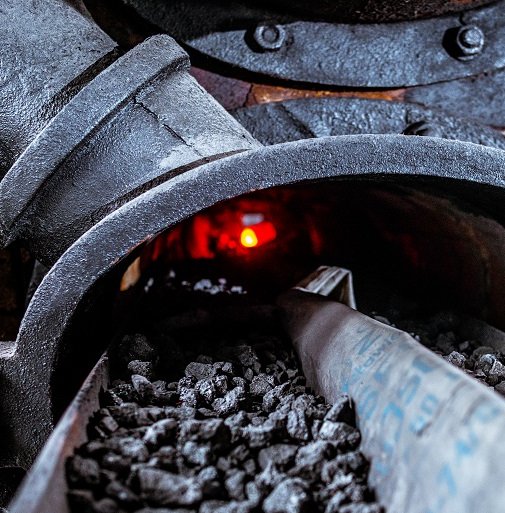
First inventions and experiments with inflammable gas
John Clayton is first to produce coal gas in the absence of air. This makes England the birthplace of the traditional gas industry which produced gas from hard coal.
1684

Historia naturalis curiosa
The work of Gabriel Rzączyński, a Polish Jesuit and naturalist, lists sources of crude oil and natural gas in the area near Krosno and Iwonicz.
1721
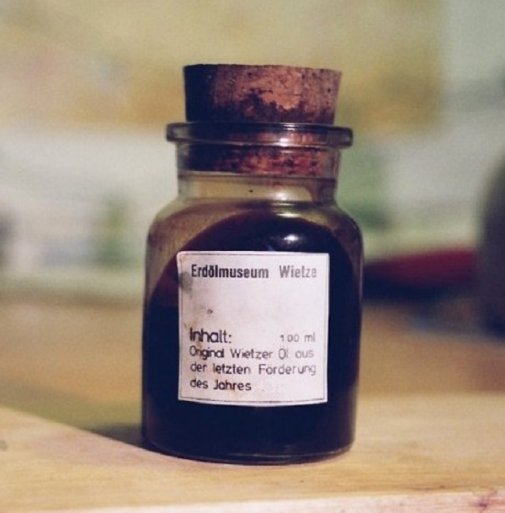
Kerosene in place of brine
In the village of Słoboda Rungurska, which is currently located in Ukraine, a well fills up with kerosene instead of the expected brine – this is the first extraction of kerosene in the village that will later see the construction of an oil mine, which for some time would be considered one of the key oil mines in Europe.
1771
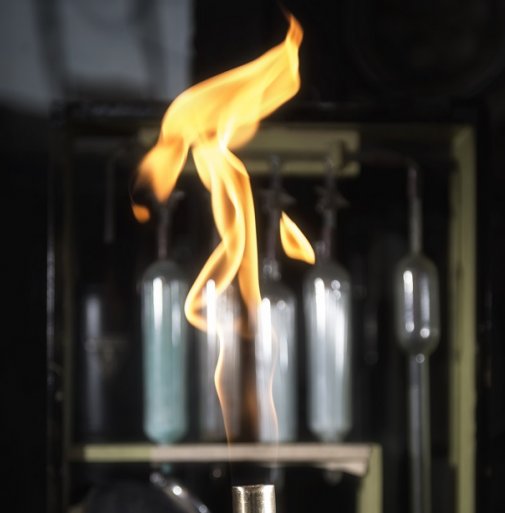
Gas light illuminates a residential building for the first time
A prototype of a gas cylinder is also constructed. It is a lamp made of pig’s bladder filled with gas and provided with a tube from which a flame emerges. Its inventor is Sir William Murdoch, a Scottish engineer, known primarily for using gas to illuminate homes.
1792
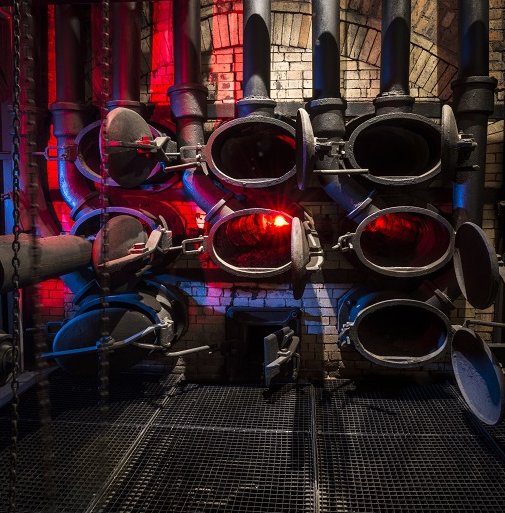
The first gasworks is built in Birmingham, England
Murdoch commences the production of coal gas and uses it primarily for illuminating his home and the factory. How does it work? Coal is heated in the absence of air, which causes its decomposition and the creation of coke, tar and inflammable gas, known as town gas or illuminating gas.
1795
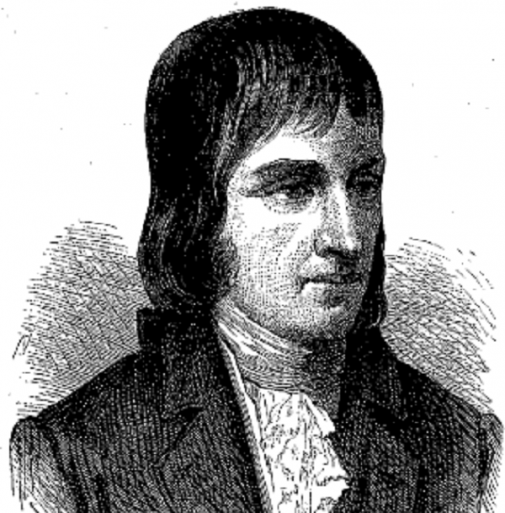
Portable gas plant is invented
Phillipe Lebon, a French engineer and chemist, who came up with the idea for the internal combustion engine, also patents the so-called thermolamp. The lamp gave off light through the combustion of gas; however, this process created an unpleasant smell, which explains why Lebon’s invention did not become commonplace.
1799
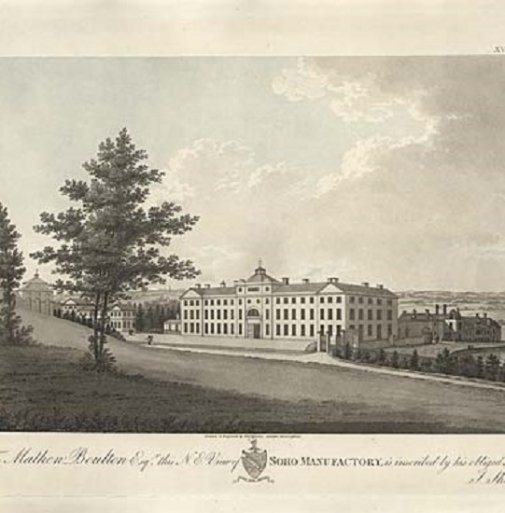
Gas lamps in the Soho Manufactory
William Murdoch installs over two and a half thousand gas lamps to illuminate the industrial plant called the Soho Manufactory, a factory making steam engines.
1802
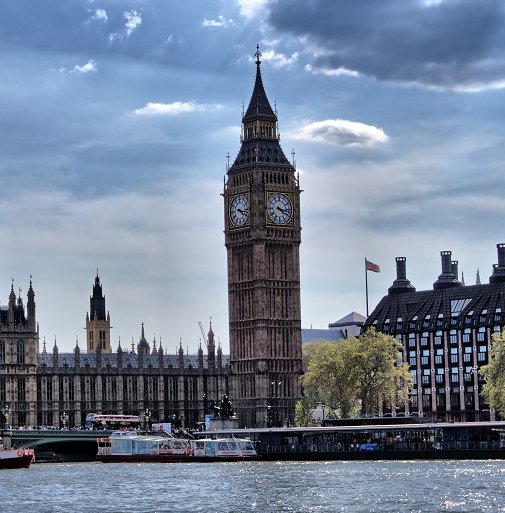
London’s streets illuminated with gas light
The streets of London are no longer dark after sunset! The first gas lamps are installed.
1807
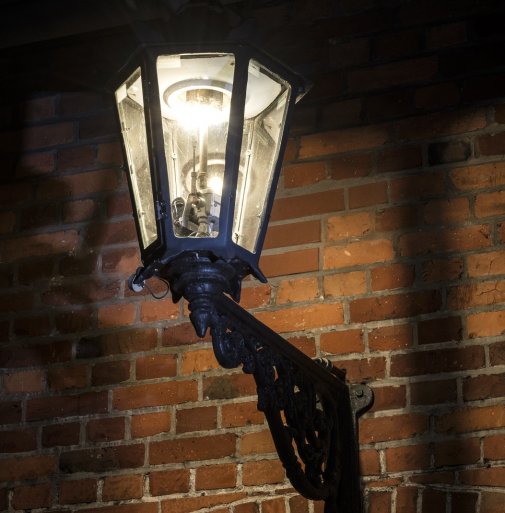
London’s first gasworks
London sees the commissioning of its first gas plant, with as many as 140 gas lamps illuminating its streets.
1813

The work of the “father of Polish geology” is published
Stanisław Staszic publishes a book entitled “On the geology of the Carpathians and other mountains and lowlands of Poland”, which gives him the name of the “father of Polish geology”. It is this publication in which the name Carpathians is used for the very first time, with the author analysing selected areas of Poland from a geological perspective.
1815
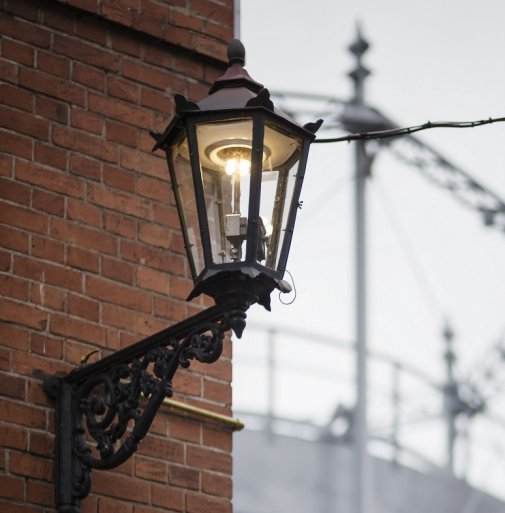
New gasworks continue to open!
Gas light illuminates not only streets but also railway stations, theatres and offices. Paris opens its first gas plant in 1815, Baltimore in 1824, Vienna, Hannover and Berlin in 1826, while Saint Petersburg and Moscow commission their gasworks in 1835.
1818
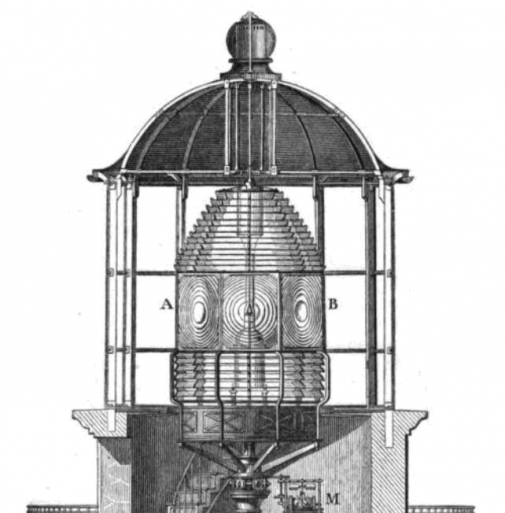
Lighthouse in Gdańsk
The lighthouse in Gdańsk becomes the second gas-lit lighthouse in the world! The first day of 1819 sees the launch of a small gas plant which is solely dedicated to powering the lighthouse.
1819
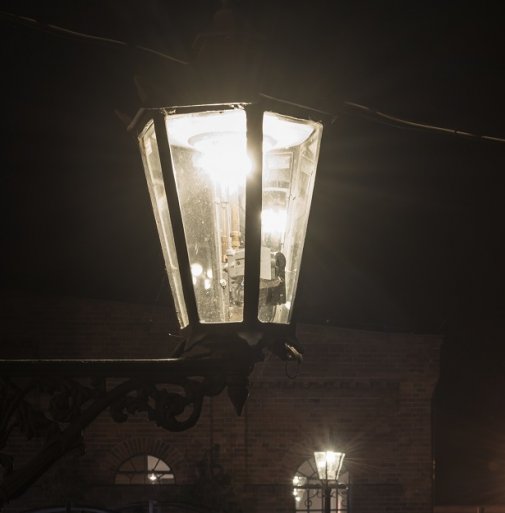
Kraków becomes the first Polish city to be lit by gas street lamps
Charles Mohr, a professor at the Technical Institute in Kraków and a gas pioneer on Polish lands, uses coke gas to illuminate Gołębia Street; however … not for long, as his idea does not gain the recognition he expected.
1830
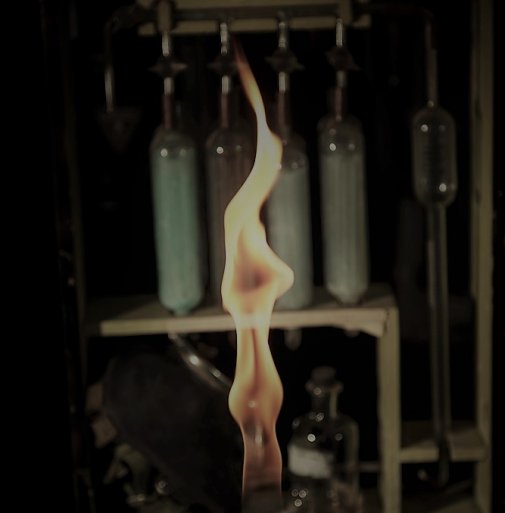
Warsaw’s first factory illuminated with gas
This is also the first iron and non-ferrous foundry in the city, which belongs to the Evans brothers.
1835
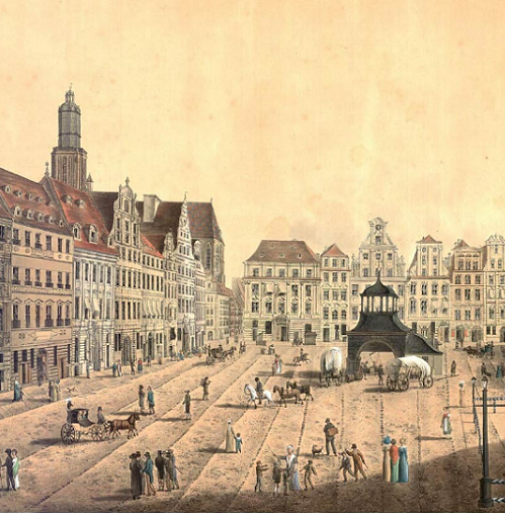
Gas lamps in Wrocław
The first gas lamps in Wrocław are lit at an inn known as “Under the Golden Goose”. This takes place thanks to the expertise of Heidrich Mainecke, who previously worked at the Dresden plant of engineer Blochmann.
1843
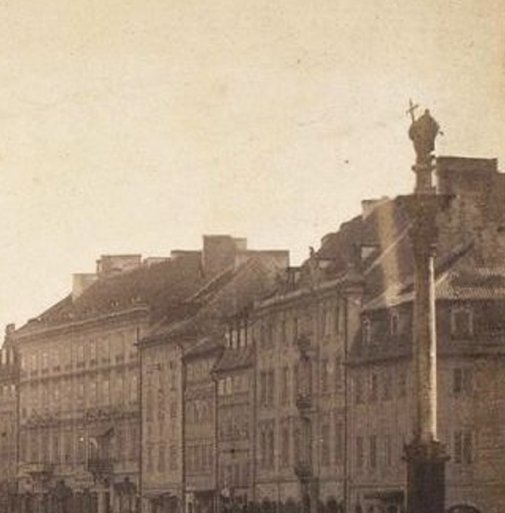
Street gas lamps in Warsaw’s Castle Square
These first attempts are challenging, as gas has to be delivered in cylinders and are also short-lived, because soon, due to a fear of an explosion, work on gas lighting is suspended. Another few years have to pass before Warsaw is lit with gas.
1844
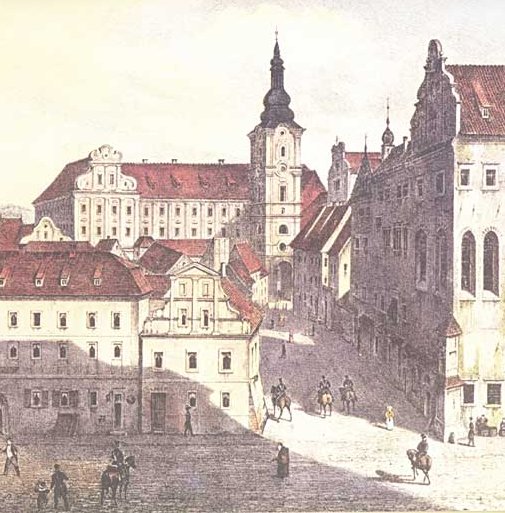
Poznań gets its own small-scale gasworks
Engineer Jan Netrebski, a pioneer in the machine-building industry in Poznań, uses gas to provide lighting in the printing shop at Wielka Street. This facility becomes yet another gas-lit plant in Poland.
1845
Wrocław is lit with 857 street gas lamps …
Under the supervision of Rudolf Blochmann, a Gas Light Plant opens at Tęczowa Street. The owner of the gasworks is initially the Gas Association, while ten years later the plant becomes the property of the city.
1847
… similarly to Szczecin …
Szczecin gets its own gas plant located at Kolumb Street. When the experts employed by Blochmann’s company from Dresden are done with their work, as many as 1643 homes are supplied by gas, while the streets of Szczecin are illuminated with 593 street lamps. As a result, Szczecin becomes upgraded to the rank of a modern city.
1848
… and Gdańsk!
Just before Christmas, on 21 of December, Gdańsk is aglow with the light of 312 lamps. A Gas Light Plant, built by the French and the English, opens two days prior. This gas plant supplies gas to 508 homes in Gdańsk.
1853
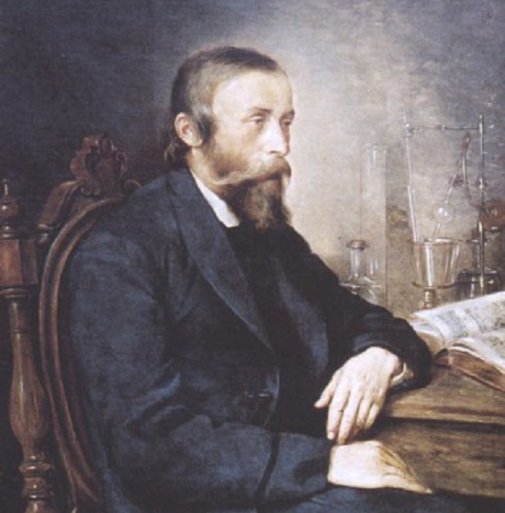
First kerosene lamp
The first kerosene lamp illuminates the window display of the “Under the Golden Star” pharmacy in Lviv. Its inventor is Ignacy Łukasiewicz, a pharmacist, entrepreneur, social activist and primarily a pioneer in Europe’s gas industry. His invention is absolutely revolutionary, as a kerosene lamp is used soon after during a surgical procedure at a hospital in the Lviv’s district of Lychakiv. This is the beginning of a new era.
1853
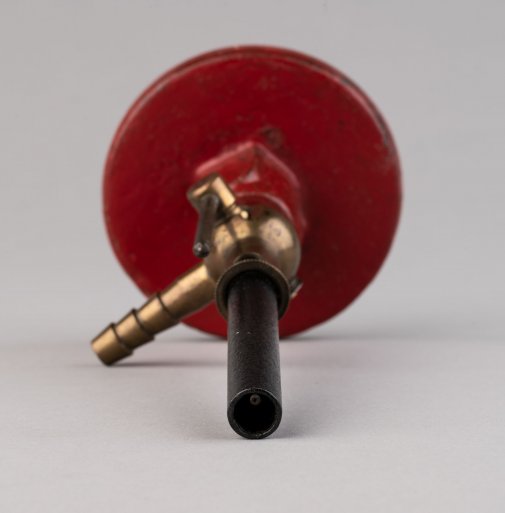
Gas begins to provide heat
This happens thanks to the German inventor of a gas burner, Robert Bunsen, who by mixing gas with air achieves superior brightness and temperature of the flame. Petit and Smith from England begin to manufacture first gas heaters.
1855
Gas street lamps in Poznań …
On an evening of 14 December, the streets of Poznań are illuminated with the light of 414 street lamps. Soon after, homes, shops and institutions are supplied with gas – the city is lit with as many as 1500 gas lamps by the end of that year! This is made possible thanks to the commissioning of the Municipal Gasworks designed by John Moore, an English engineer.
1856
...Warsaw...
On 27 December, a gas plant opens in Warsaw. The “Powiśle Gasworks” is initially run by that same Association, but in 1925 its ownership is transferred to the city itself. The plant becomes known as the Municipal Gasworks of the Capital City of Warsaw.
1856
…and Kraków
On 22 December, gas lanterns light up the Main Market Square in Kraków. They are supplied with gas from the plant located in Kazimierz, built by the German Continental Gas Association.
1857
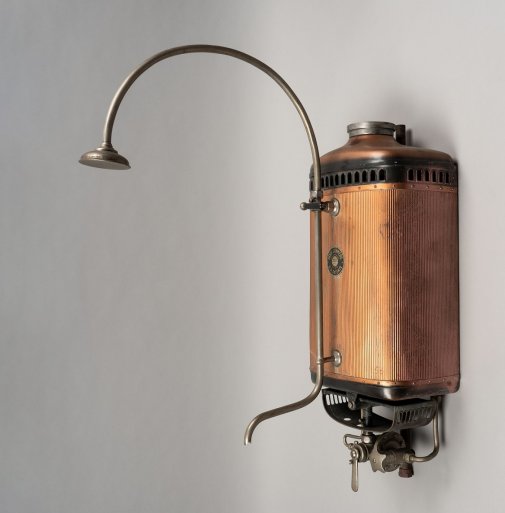
First bath heated with a gas water heater
This appliance is invented by an Englishman, Benjamin Waddy Maughan. Gas begins to find multiple new applications, and inventions include gas cookers, refrigerators, irons, coffee roasters, boilers, gas heaters and many more.
1868

Gas light gains new brightness and colour
This is a clever invention of Carl Auer von Welsbach – a fabric mantle, made from cotton mesh impregnated with non-flammable compounds, which when heated by a gas flame emits a bright light without burning. This invention continues to be used today.
1885
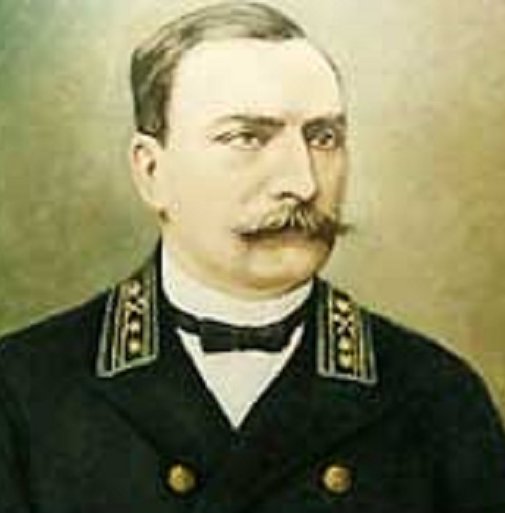
Baku sees the start of its marine drilling industry
The inventor of the equipment which makes this drilling possible is Witold Zglenicki, student of Mendeleev, an esteemed geologist. Zglenicki is set to become the world’s pioneer in marine drilling. He is also known as the “Polish Nobel” – this philanthropist donates his entire wealth towards the advancement of science.
1896
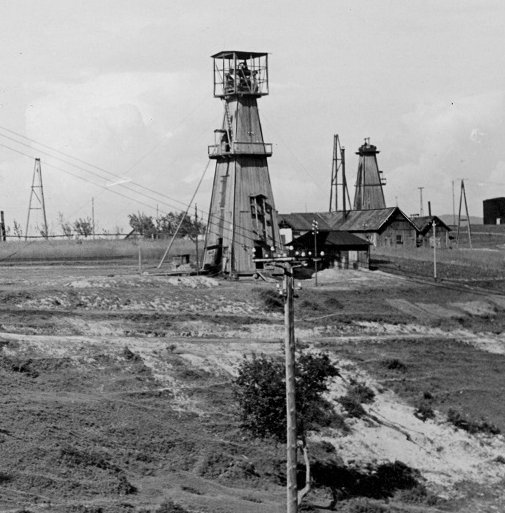
Natural gas in the Podkarpacie region
The high-pressure gas released during crude oil extraction was until now expelled into the air or was a source of fires and explosions. A solution to this problem is finally found. From the oil well installed over an oil and gas reservoir in Schodnica (currently in Ukraine), this natural gas is directly introduced into the furnace of a gas-fired boiler in the refinery. The beginnings of natural gas in Poland are connected to crude oil extraction in the Podkarpacie region.
1896
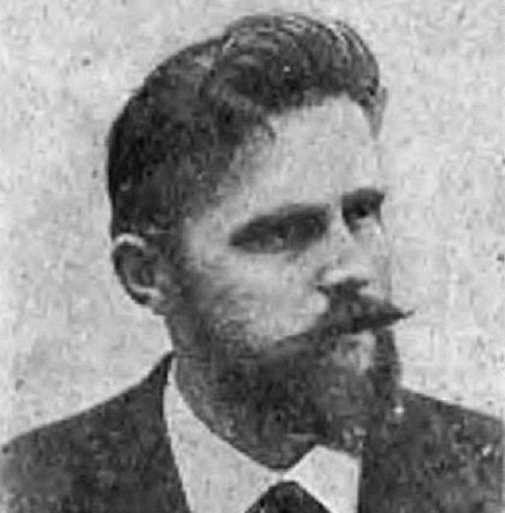
One thousand metres into the ground!
The area around the town of Borysław saw its exceptionally deep oil reservoirs extracted thanks to a “chisel for the petroleum industry” – an invention by a Polish engineer, Wacław Wolski, of the Lubicz coats of arms, and a Canadian, William Henry McGarvey, who together patented this revolutionary method. Wolski was the first in the world to use compressed gas to extract crude oil – he liquified natural gas and invented the so-called “Ram of Volsky”.
1907
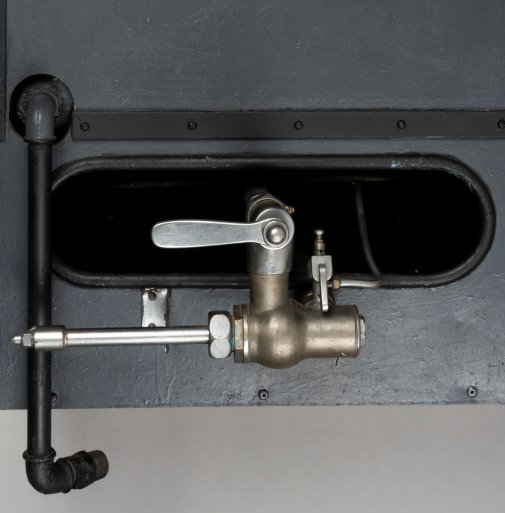
Gas is used to provide heat on an increasingly large scale
This is because gas is used as fuel in boilers, generating heat which is then distributed via heat supply lines to residential and public utility buildings. At that time, next to the mines located in the oil region of Borysław, gas plants are constructed which are tasked with gas removal from drilling derricks to prevent fires.
1909
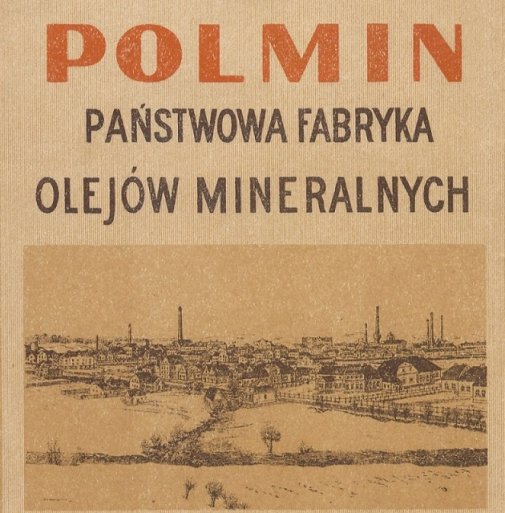
Poland’s first oil and gas company
The “Polmin” State Factory of Mineral Oils – one of the largest and most modern of its kind – opens in Drohobych, the centre of the then Polish petroleum industry. It will operate actively for the next 30 years. The factory closes as a result of bombing during the Second World War.
1909
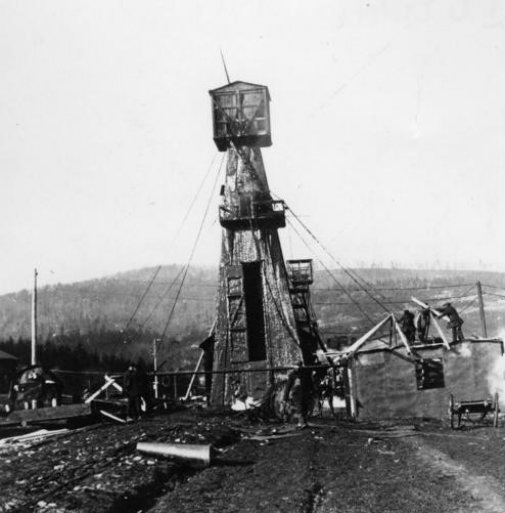
First gas well – the village of Białkówka near Krosno
1912
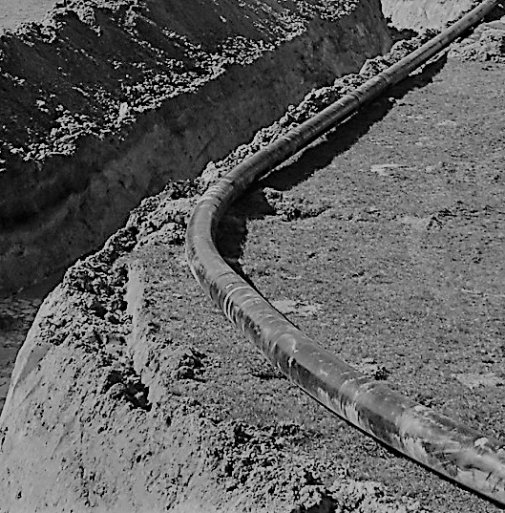
The first transmission pipeline for natural gas
It connects Borysław with the refinery in Drohobych. Initially, the gas is used to fuel the boilers in the refinery; later it is also sent to other industrial plants.
1912
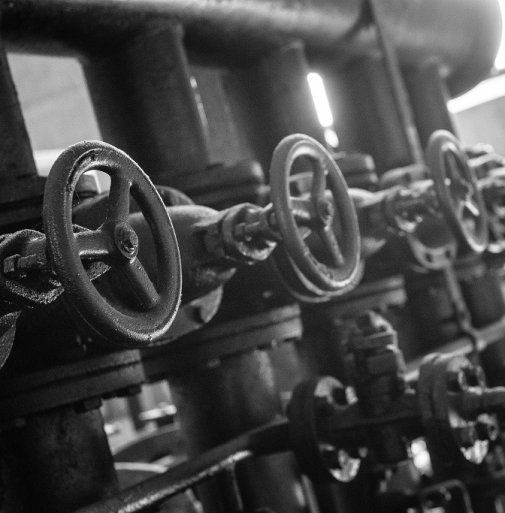
First World War breaks out
The First World War leaves its mark on the operation of numerous plants. As many as 122 gasworks functioning on Polish lands during the partitions are going through a difficult time. Employees are being called up, there is a deficit of coal, and production drops, while the industrial demand for gas continues to increase.
1914
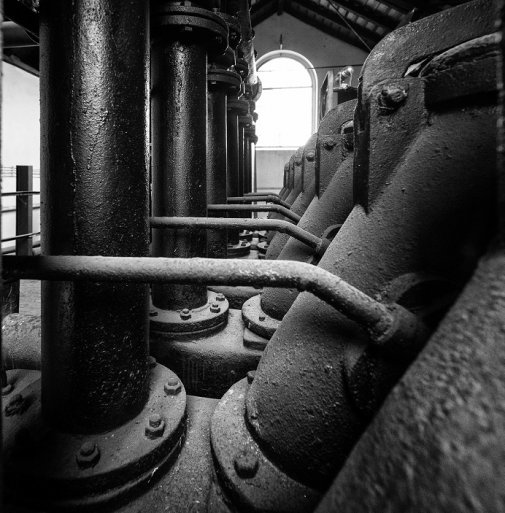
Poland regains its independence
The period of time after Poland regains its independence proves challenging for the gas industry, mainly due to war damage and a lack of coal. Some gasworks are being liquidated, while others are being built, for example, in Gdynia and Radom. Until the outbreak of the Second World War, there will be 104 gas plants operating in Poland.
1918
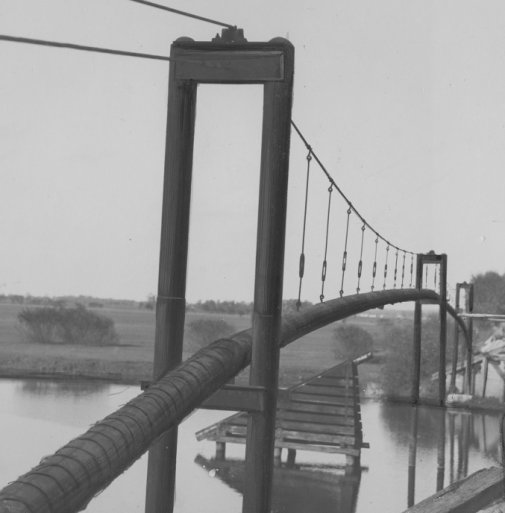
Gas and gas-related ideas continue to flow
In 1920, the gas pipeline from Jasło to Gorlice is commissioned. The network of pipelines continues to expand to new locations, for example, the natural gas field discovered in Daszawa in 1920 becomes connected with the town of Stryj. In two years’ time, the length of the network of gas pipelines in the Podkarpacie region will amount to 68 km. The year of 1921 sees the establishment of “Intercity Gas Pipelines”, which focuses on building gas pipelines and distributing natural gas.
1920
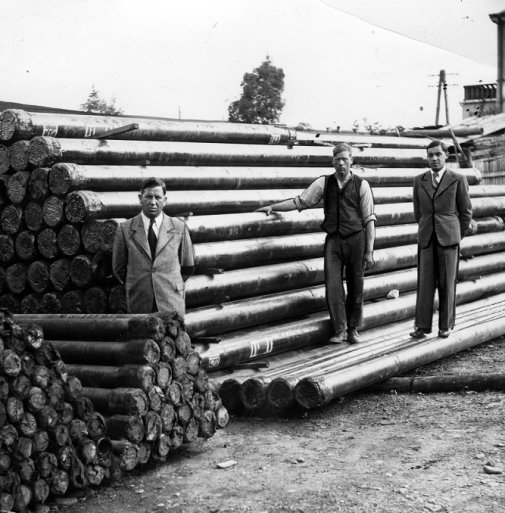
Hundreds of kilometres of new gas pipelines
Gas reaches Lviv, and in 1934 it arrives in Tarnów. In total, by 1939, over 800 km of natural gas transmission pipelines are built in Poland. Poland’s largest investment before the Second World War is the construction of the Roztoki – Warsaw central gas pipeline, which takes natural gas to the Central Industrial Region. The first stage of the investment is completed by 1939, delivering gas to Sandomierz, Rzeszów, Stalowa Wola and Skarżysko Kamienna.
1928
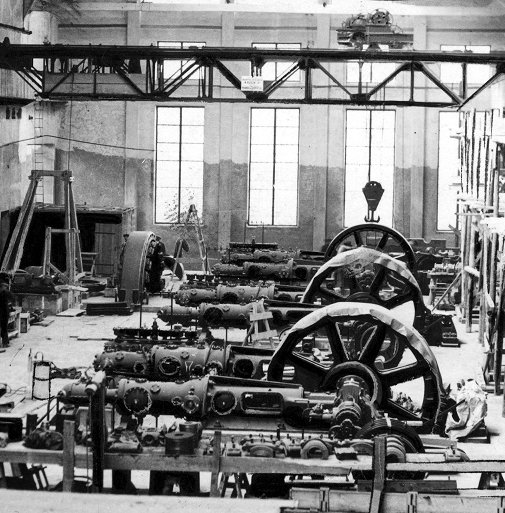
Natural gas for industry
In 1933, for the first time in Poland, natural gas was used as a chemical raw material for the synthesis of ammonia at the State Factory of Nitrogen Compounds in Tarnów. In the late 1930s, construction of gas pipelines to the Central Industrial Region began in order to supply natural gas to industrial plants in the area.
1933
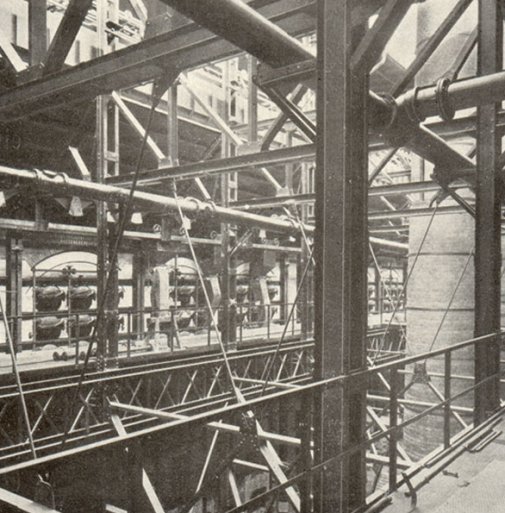
The war needs the arms industry, and the industry needs gas
During the Second World War, gas is an indispensable raw material for German factories. As a consequence, occupying authorities considerably increase the extraction of natural gas in the Podkarpacie region. In 1941–1942, the Opary-Lviv-Przemyśl-Stalowa Wola pipeline is constructed, which connects the eastern and western gas fields. In 1944, the natural gas pipeline is laid between Mościce and Kraków.
1939
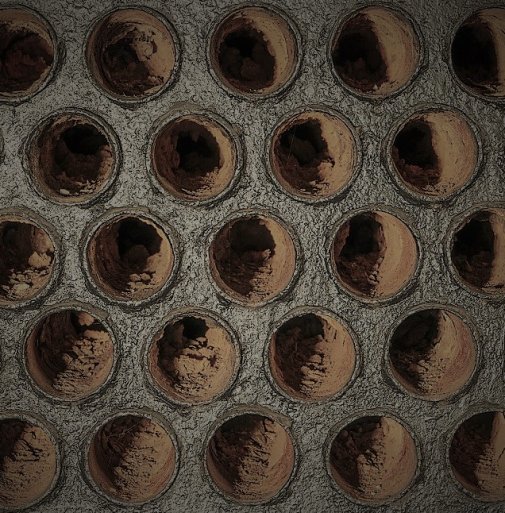
The war ends and rebuilding begins
After the end of the Second World War, the new boundaries of Poland comprise 262 coal gasworks, which become the property of individual municipalities. Most of these plants are inoperative because of the damage sustained during the war. The western, northern and central part of Poland begins to rebuild their gas plants, while the remainder of the country starts investing in natural gas networks, gradually moving their gas distribution towards the north and west of Poland.
1945
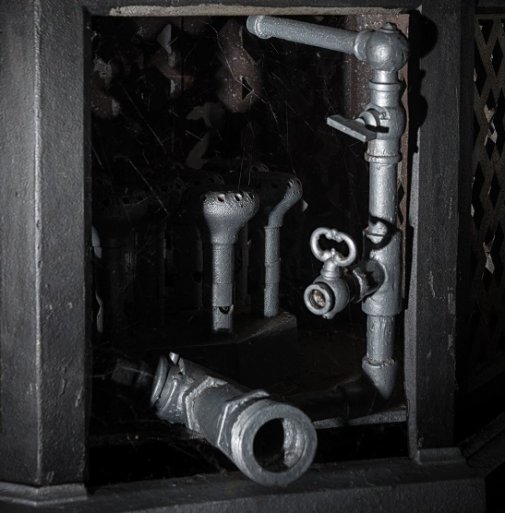
Pipelines begin to supply natural gas instead of coke gas
An extensive transmission network is being built in Upper and Lower Silesia, reaching as far as Kraków, Łódź and Warsaw. After half a century of operation, because of dropping production of coke plants, pipelines begin to carry natural gas. In the course of 50 years of the coke gas network’s operation, it deliveres approximately 65 billion m³ of gas.
1949
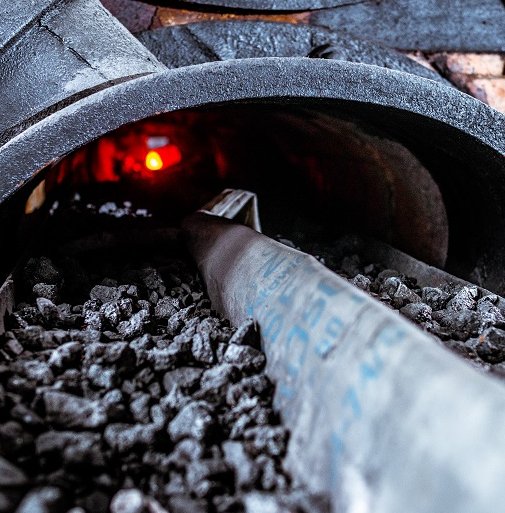
The state takes over the gasworks, the demand for gas continues to grow
Gas plants located in larger towns become the property of the Central Gas Board, with its headquarters in Warsaw. Smaller gasworks remain under the supervision of municipalities and town councils. Large coal gas plants are modernised and expanded. In 1950, a gas pipeline carrying natural gas from gas deposits located in the Podkarpacie region reaches Upper Silesia, and Warsaw only one year later.
1950
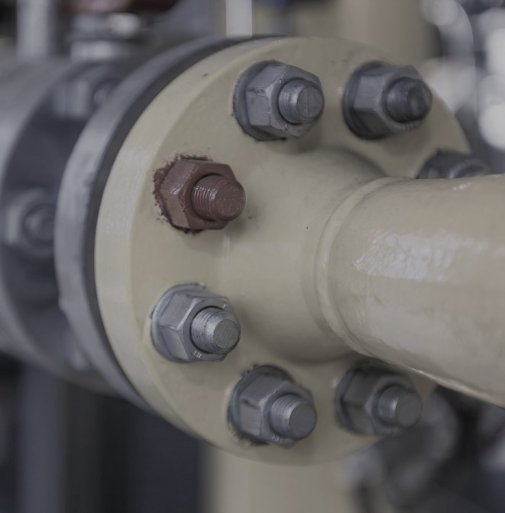
The first underground storage facility for natural gas
The first underground storage facility for natural gas in Europe is opened in the depleted gas field in Roztoki, near the town of Jasło.
1954
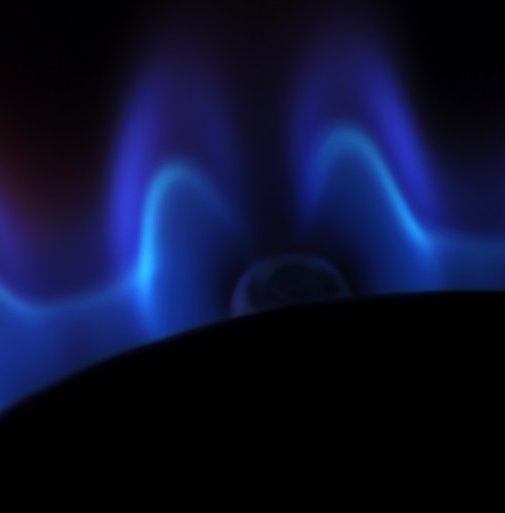
Discovery of the largest gas deposit in Poland
In 1958 the largest natural gas deposit in Poland was discovered - Przemyśl. For years of intensive extraction, it was the most important domestic source of natural gas. By 2018, as much as 65 billion m3 of gas was extracted from it. Until recently, it seemed that the deposit was already exhausted, however, the latest research indicates that there may be an additional 20 billion m3 of gas in the deposit.
1958
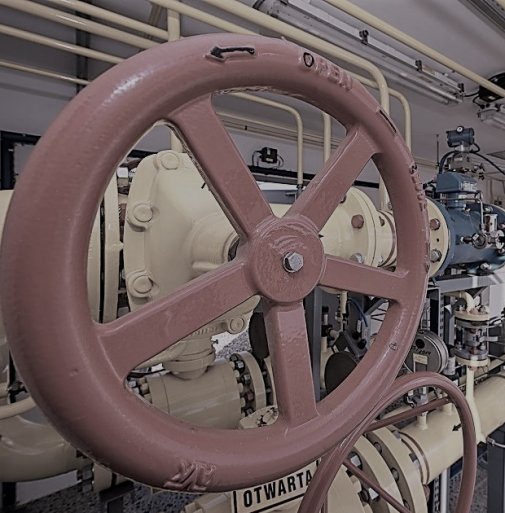
The first gas compressor station is built
The first gas compressor station, a key element of gas transmission systems which balances the pressure of the gas, is built in Żurawica, near Przemyśl. During that time, the import of natural gas from the former USSR is growing, which results in the construction of new gas pipelines. A gas distribution station is built in Jarosław, enabling gas to be delivered to Silesia and Warsaw. New gas fields continue to be discovered.
1965
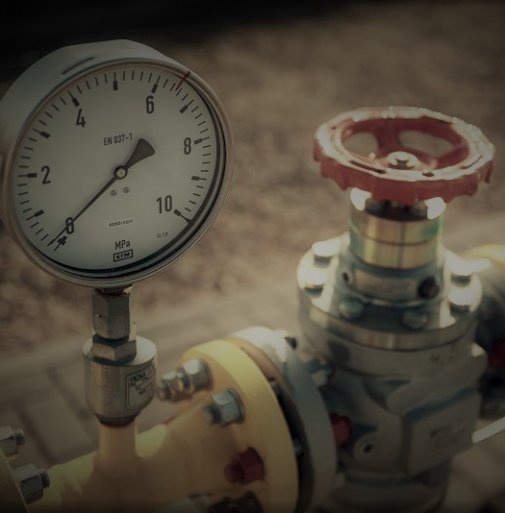
Discovery of natural gas deposit Załęcze/Wiewierz
The total recoverable resources of the Załęcze/Wiewierz field are approximately 20.4 billion m3 of natural gas.
1971
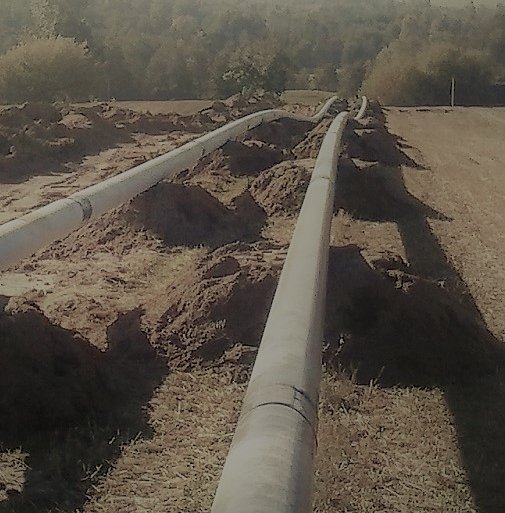
Poland has 9000 km of gas pipelines!
Natural gas networks arrive in other cities, including Gdańsk, Białystok, Poznań, Szczecin, Wrocław, Piła and the region of Silesia.
1975
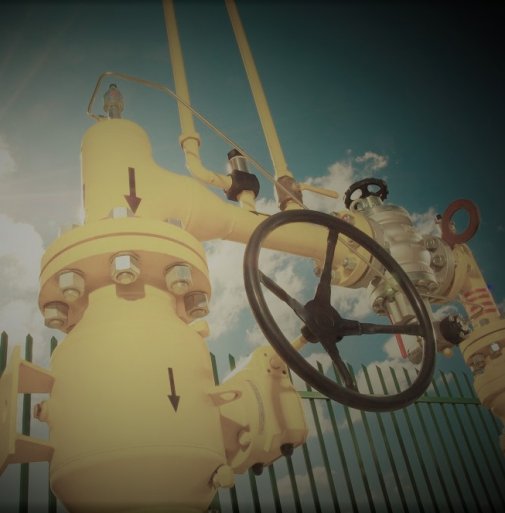
Discovery of natural gas deposit in Żuchlów
The total recoverable resources of the Żuchlów field are approximately 24.5 billion m3 of natural gas.
1978
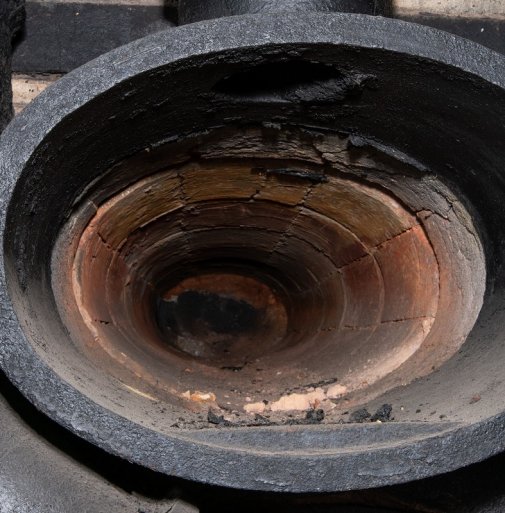
Another coal gas plant is phased out
The equipment of Poznań gasworks is sold to China. A dozen of its employees travel to China to help with the assembly and to oversee the operation of the devices in a new plant.
1985
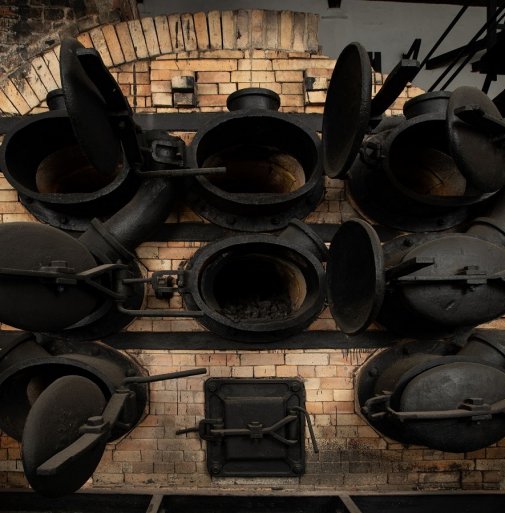
End of the road for coal gasworks
The gasworks in Świnoujście is one of the largest gas plants to be decommissioned. A small municipal gasworks in Międzylesie continues to operate for a short while. This plant ceases to function in 1998. This brings the era of the traditional gas industry in Poland to a close – all gas recipients become connected to natural gas networks.
